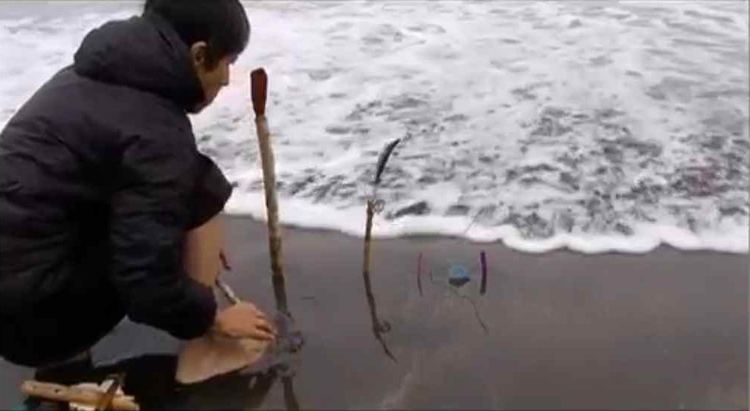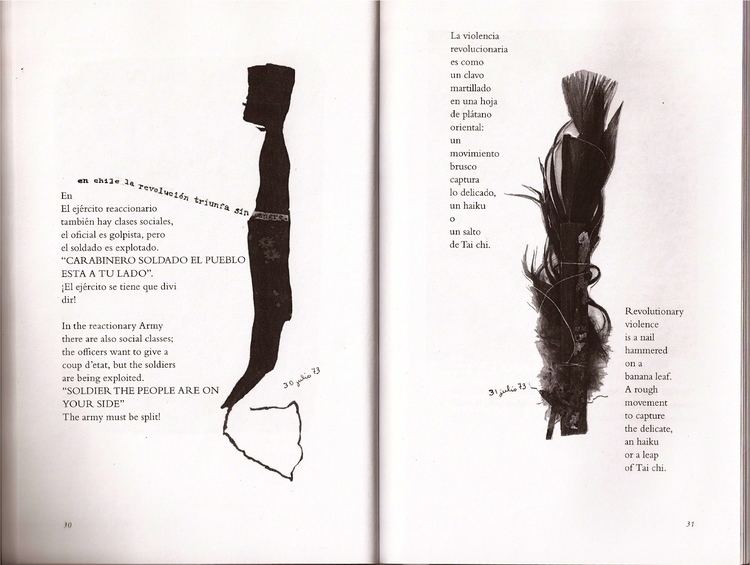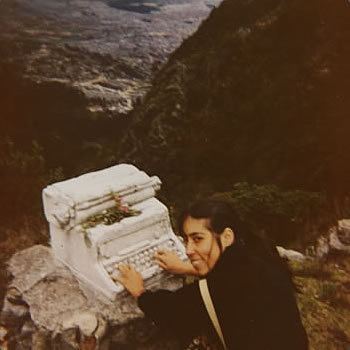Name Cecilia Vicuna | Role Poet | |
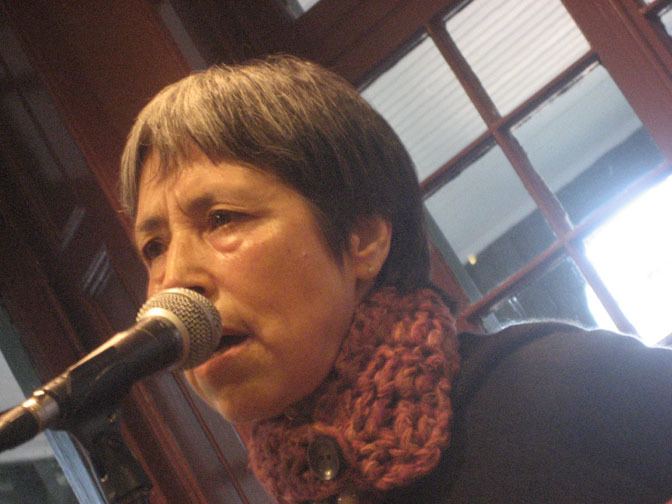 | ||
Books Cloud‑net, Instan, Unravelling words & t, Precario/precarious | ||
Readings in contemporary poetry caconrad and cecilia vicu a
Cecilia Vicuña (born 1947) is a Chilean poet, artist, filmmaker and political activist whose work addresses topics such as ecological destruction, cultural homogenization, and economic disparity, particularly the way in which such phenomena disenfranchise the already powerless.
Contents
- Readings in contemporary poetry caconrad and cecilia vicu a
- Cecilia Vicua Living Quipu
- Life
- Publications
- Visual Artswork
- References
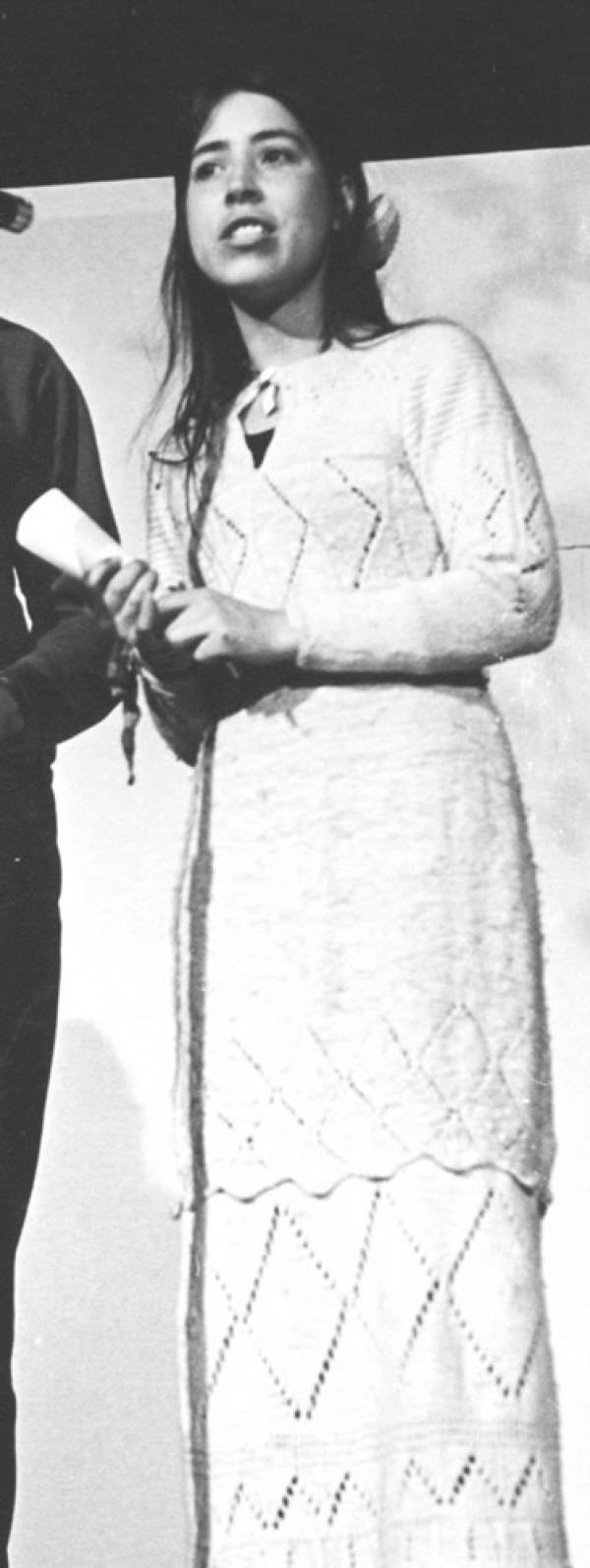
Cecilia Vicuña: Living Quipu
Life

She was born and raised in Santiago de Chile, and has been in exile since the early 1970s when the murder of elected president Salvador Allende by General Pinochet found her in London. She performs and exhibits her work internationally; museums that have exhibited her work include the Museo Nacional de Bellas Artes de Santiago, the Institute of Contemporary Arts (ICA), Art in General, New York City, the Whitechapel Art Gallery in London, the Whitney Museum of American Art, and MoMA, the Museum of Modern Art in New York.
Publications

Vicuña has authored and published sixteen books of her visual art installations and poetry books, most of which have been translated into several languages. These include Saboramí (1973), a book made in collaboration with Felipe Ehrenberg that resembles a personal diary, The Precarious/Precario (1983), Cloud Net (2000), and Spit Temple (2010), a collection of her oral performances. In 2009, she also co-edited the Oxford Book of Latin American Poetry with Ernesto Livon Grosman, an anthology of 500 years of Latin American Poetry, which the Washington Post called "magisterial".
Visual Artswork
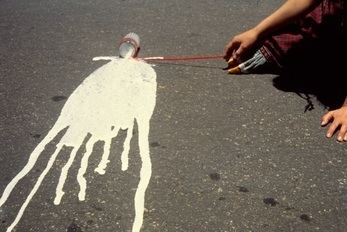
Vicuña creates "precarious works," characteristic of Vicuña's work is her use of materials that are often fragile, worn by the elements and/or biodegradable back into the environment. She describes her work as a way of "hearing an ancient silence waiting to be heard." Since 1966, she began creating sculptural interventions called precarios, combining ritual and assemblage and typically throw-away materials such as yarn, sticks, feathers, leaves, stones and bones. Linked to the sacred wild Andean vicuña animal by name, Cecilia Vicuña utilized the wool of these animals for her Cloud-Net installation series as a metaphoric tool. The visual language of this series resulted in large-scale warp and weft installations within rural and urban environments—weavings—thus linking Vicuña to the Feminist Art Movement's Pattern and Decoration Movement.
